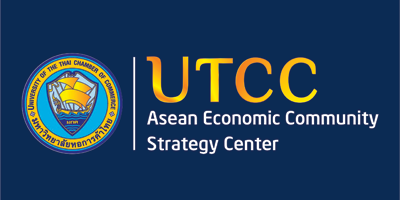Laos: Private investment needed to drive growth: economists
Economists have cautioned that cutting spending could impact Laos’ economic growth, so the government needs to further create favourable conditions to strengthen the private sector.
According to the government’s recent report, investment by domestic and foreign businesses represented more than half the entire investment driving the country’s economic growth.
A senior economist at the National Economic Research Institute, DrLeeberLeebuapao, told Vientiane Times yesterday that investment by the private sector is critical for the growth of the economy.
“Cutting spending will impact our economy, but if we can attract more investment I think we can sustain growth,” said DrLeeber, who is member of the National Assembly.
Last year, the government approved 1,222 investment projects worth US$3.13 billion (25.47 trillion kip) to be carried out by domestic and foreign businesses. Of the total figure, US$2.9 billion has been brought into Laos to carry out those projects.
“The government needs to continue to improve the business environment so that more entrepreneurs want to do business and invest in Laos to drive growth and create jobs for Lao people,” he said.
“In the meantime, we need to work harder to minimise financial leaks by closing loopholes in revenue collection and clamping down on corruption.”
However, Laos still has the potential to boost economic growth since the global economy is projected to pick up this year.
Economists say the growth of the Chinese economy will drive global demand and positively impact Laos as the nation exports a number of products to China, particularly rubber and other agricultural products.
According to a recent IMF report, economic growth for the Asia Pacific region was projected to increase to 5.5 percent this year from 5.3 percent in 2016. Growth would remain strong at 5.4 percent in 2018 as the region continues to be the leader of global growth.
In China, the region’s biggest and the world’s second largest economy, policy stimulus is expected to keep supporting demand. Although still robust with 2017 first quarter growth slightly stronger than expected, growth is projected to decelerate to 6.6 percent in 2017 and to 6.2 in 2018.
Addressing the current National Assembly session recently, Prime Minister ThonglounSisoulith described Laos’ challenges in driving economic growth, saying the economy was still vulnerable to external impacts.
Apart from the revenue shortfall, production costs in Laos are higher compared to other countries, as the nation imports most of the machinery and materials needed.
Economists recommend that Laos should change the structure of production towards value-added manufacturing and services. This requires important reforms in the business environment, and in education and training, to bring the workforce into more productive employment.
In addition, putting in place conditions for more exchange rate flexibility in the medium term will help with the eventual diversification of the economy.
Source: http://www.vientianetimes.org.la/FreeContent/FreeConten_Private.html


 Thailand
Thailand




